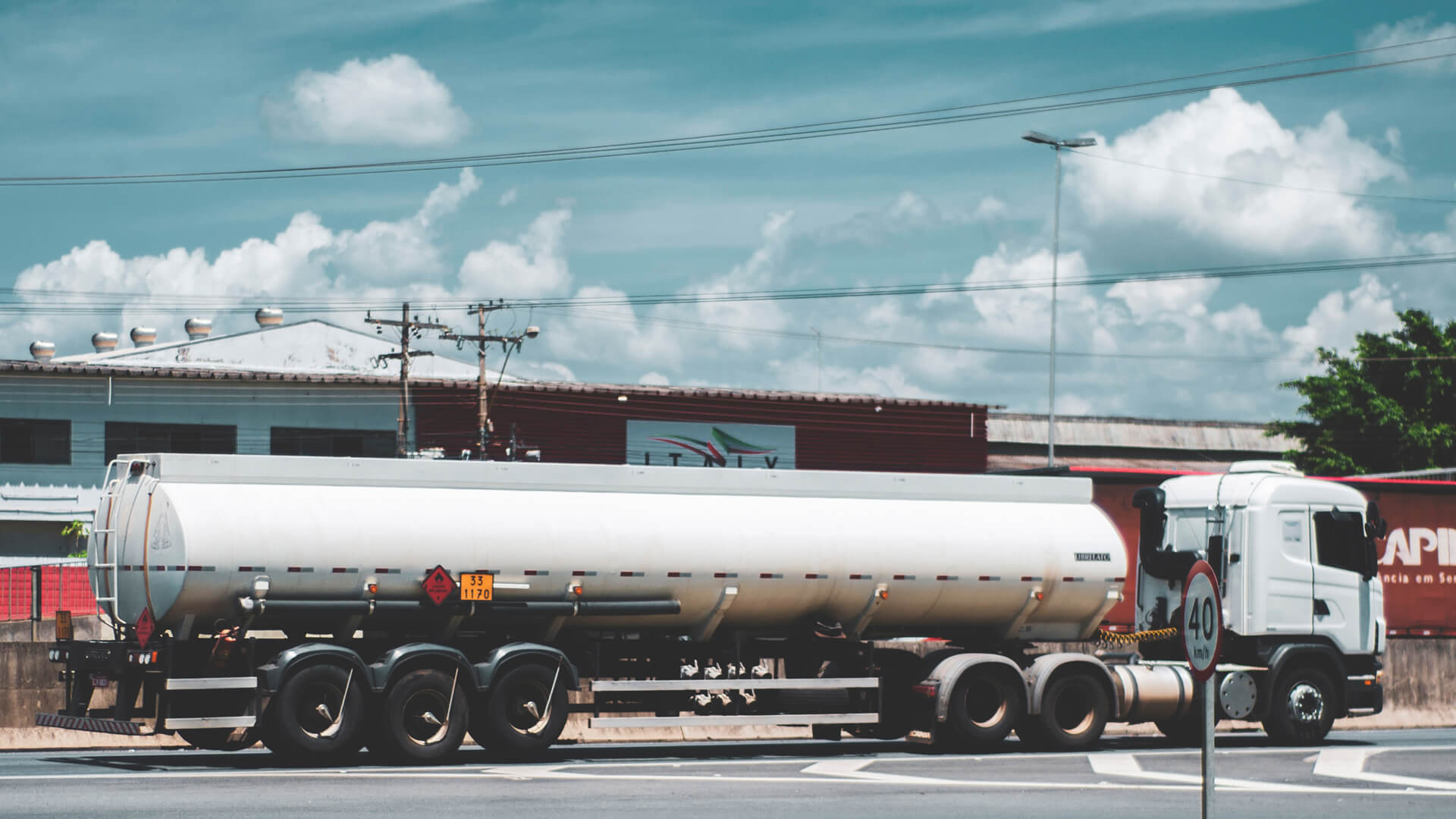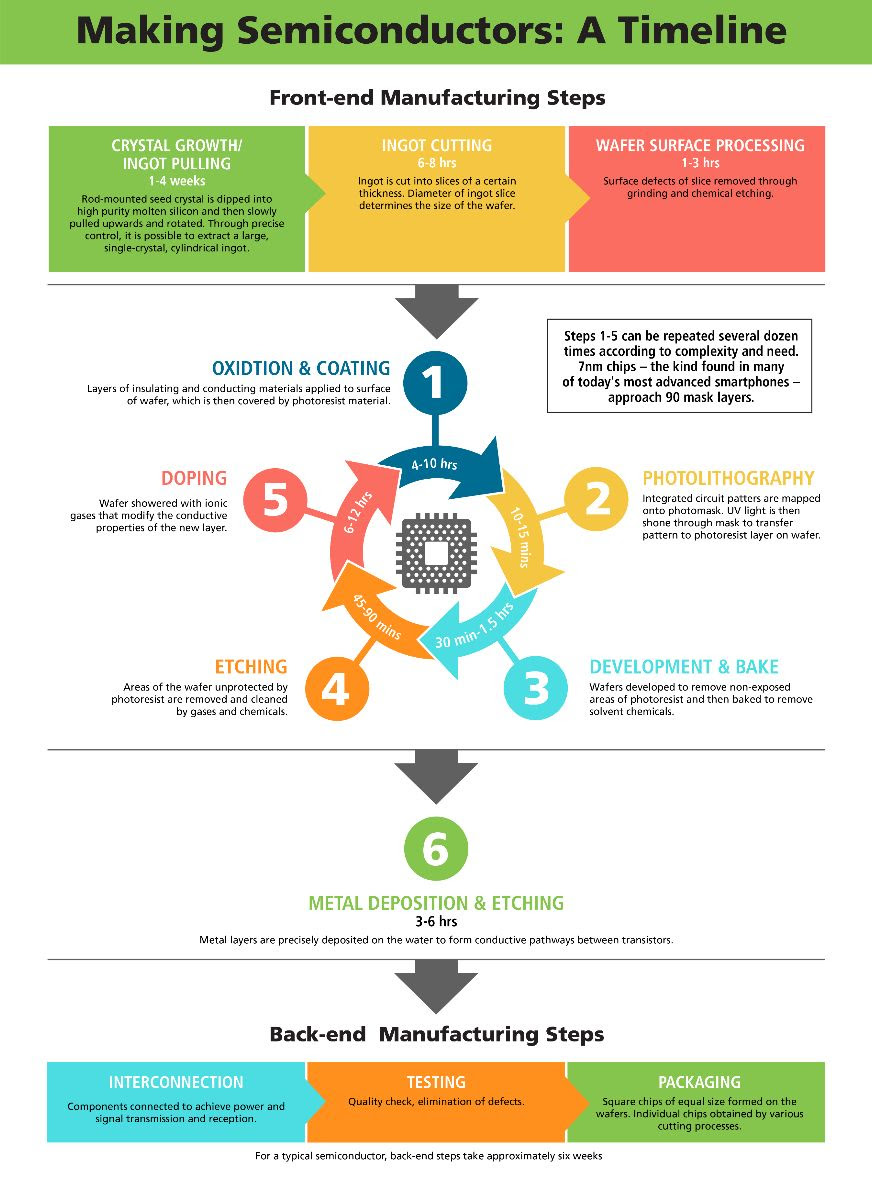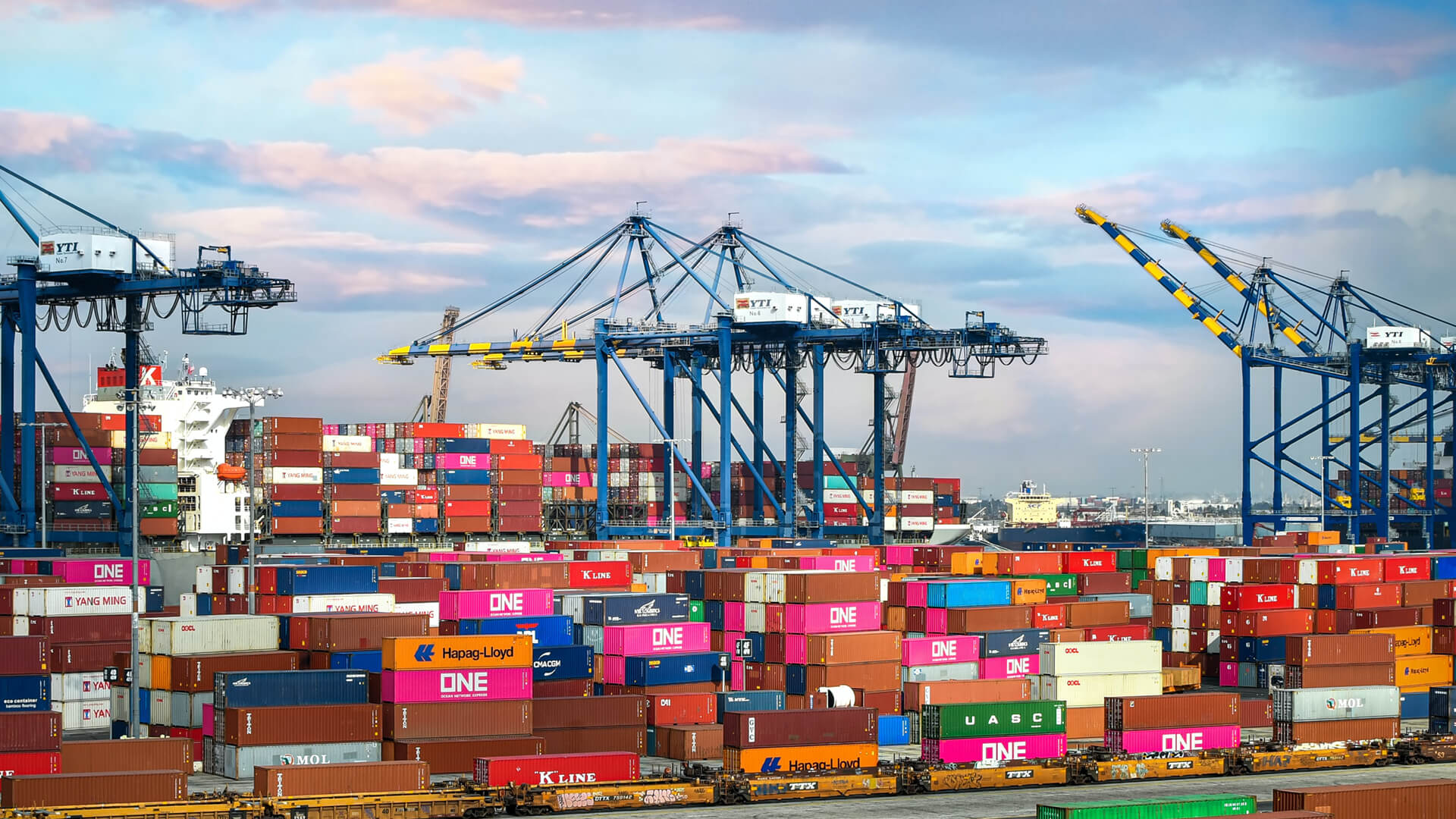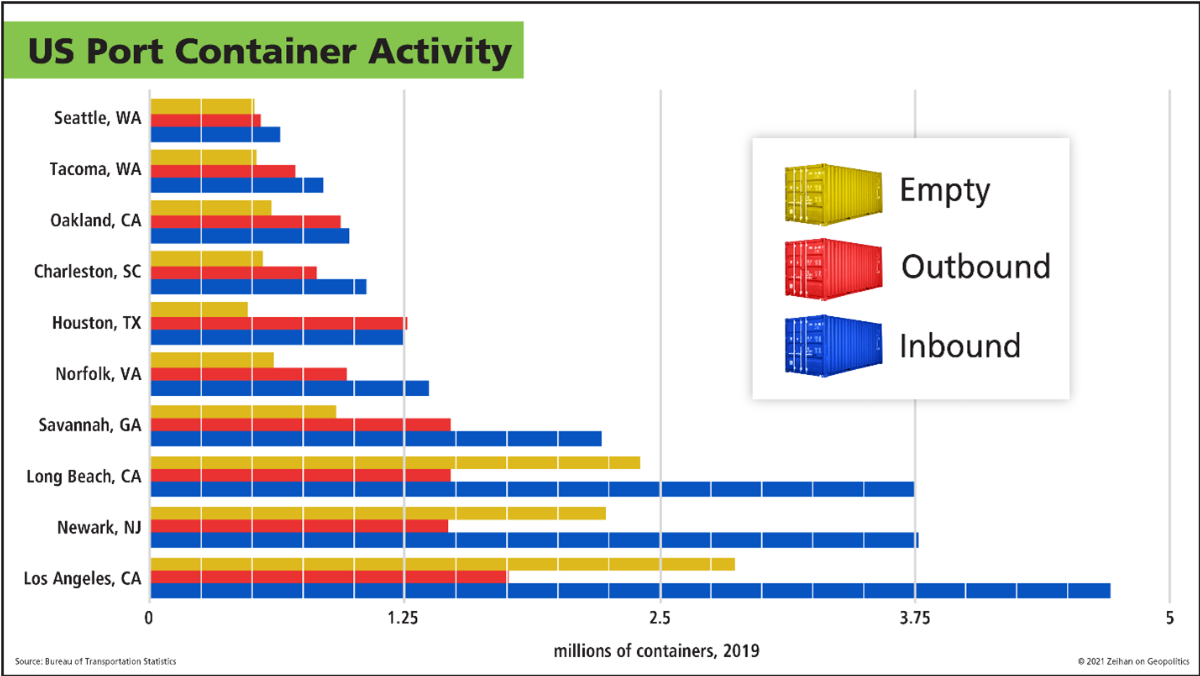Despite what you might be hearing, the United States is in the midst of its greatest period of industrialization since WWII… if not ever. How did we get here?
For starters, the political environment of the last half decade or so has shifted rapidly. Part Trump, part COVID and supply chain SNAFUs and part post-Russian invasion of Ukraine, the time is ripe to bring more of the production and manufacturing of US-destined goods back to the US. There are natural advantages to operating in the US as well–thanks to shale, Americans have some of the lowest-cost energy in the world. And thanks to the US’ millennial baby-boom, we have a large cohort of relatively young people to lead consumption for decades to come.
Which brings us to Detroit. The current challenges facing America’s once mighty Motor City are well known—but there are plenty of reasons to be optimistic for Detroit’s future. It’s one time competitors like Germany and China are facing significant headwinds, and that production has to go somewhere. Detroit’s integration with southern Ontario’s manufacturing hub, America’s inland waterways and existing manufacturing base means the city is primed for much brighter days ahead.
Here at Zeihan On Geopolitics we select a single charity to sponsor. We have two criteria:
First, we look across the world and use our skill sets to identify where the needs are most acute. Second, we look for an institution with preexisting networks for both materials gathering and aid distribution. That way we know every cent of our donation is not simply going directly to where help is needed most, but our donations serve as a force multiplier for a system already in existence. Then we give what we can.
Today, our chosen charity is a group called Medshare, which provides emergency medical services to communities in need, with a very heavy emphasis on locations facing acute crises. Medshare operates right in the thick of it. Until future notice, every cent we earn from every book we sell in every format through every retailer is going to Medshare’s Ukraine fund.
And then there’s you.
Our newsletters and videologues are not only free, they will always be free. We also will never share your contact information with anyone. All we ask is that if you find one of our releases in any way useful, that you make a donation to Medshare. Over one third of Ukraine’s pre-war population has either been forced from their homes, kidnapped and shipped to Russia, or is trying to survive in occupied lands. This is our way to help who we can. Please, join us.











